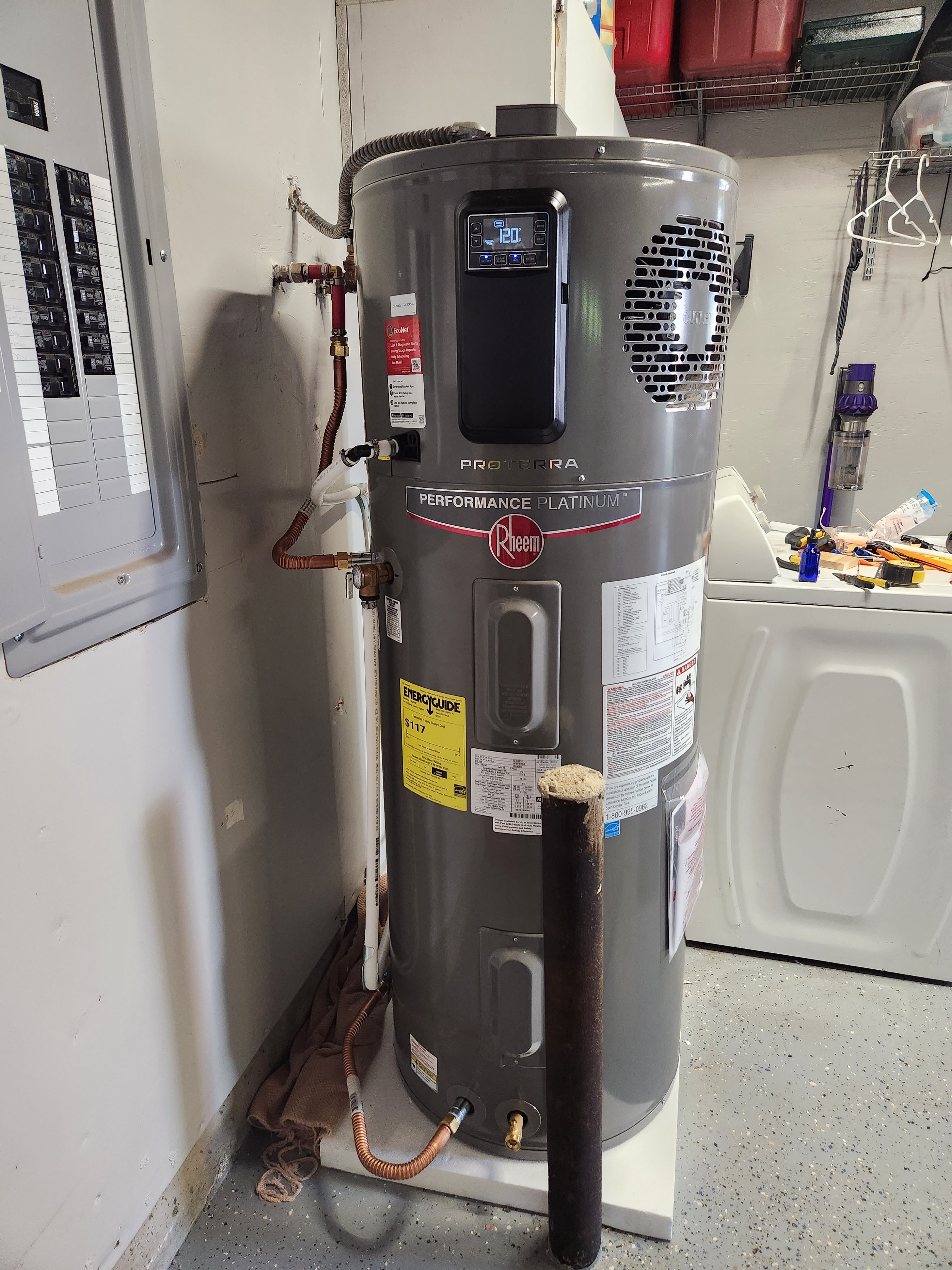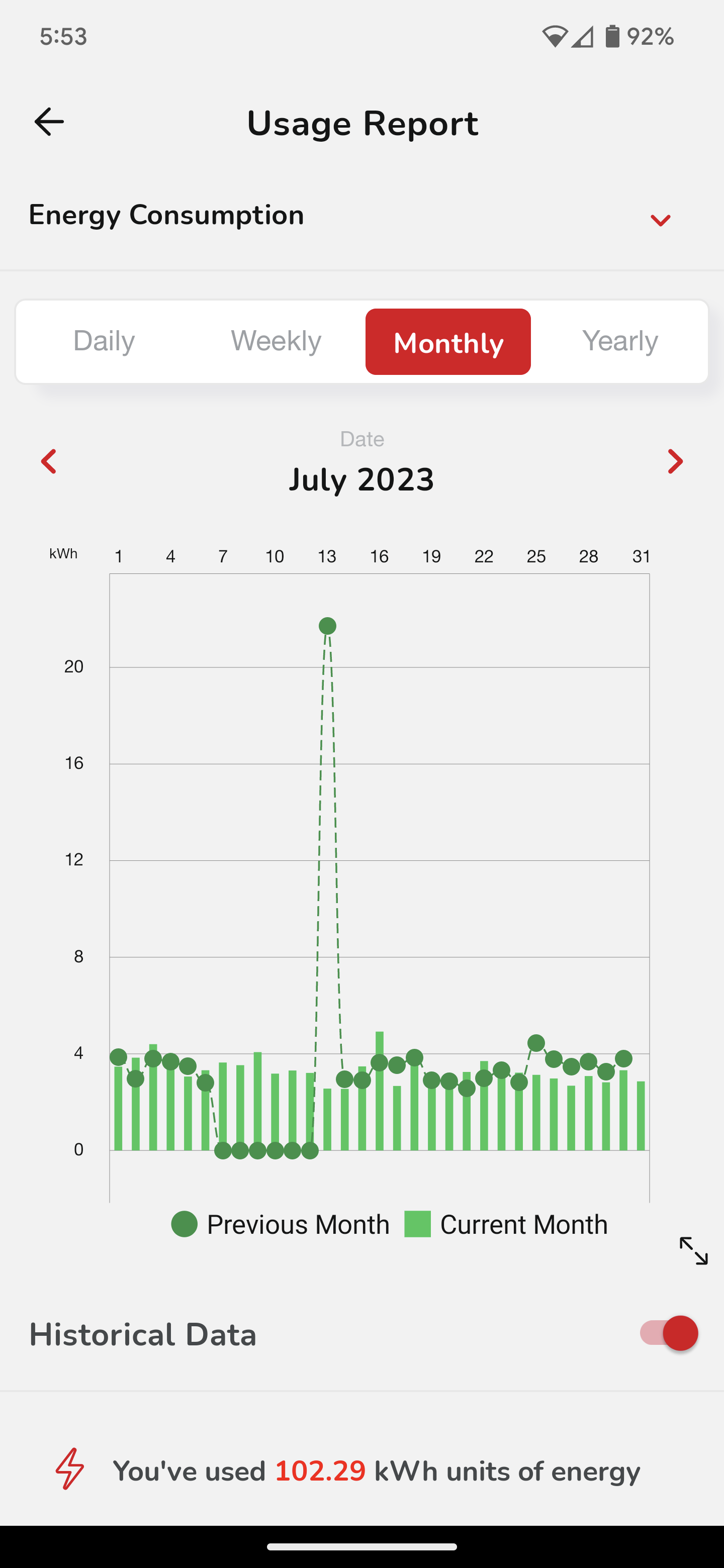I have this exact model, and I wish I didn't. It turns out there's a flaw in the logic that controls the heating elements. When in "Energy Saver" mode (the default mode), the lower heating element won't heat the water. So when you start to use the hot water, as the hot water goes out, the replacement cold water coming in isn't getting heated at the bottom. This drops the temperature of the existing hot water in the tank, and it takes several hours of no hot water use for the tank to get to your desired temp. For my family it means we get about 1 1/2 showers (showers last about 7 or 8 minutes) before the water starts coming out lukewarm. You can see this happening on your unit by activating the diagnostic mode on the panel and watching the lower element water temp.
I went several rounds with Rheem's customer support (including have two separate techs come to my house to inspect it) before someone finally acknowledged in writing that there's a known defect in the logic of the controller board. They tagged my unit as defective, but so far have not been able to replace it since they haven't engineered a fix and started producing a new version of the water heater with said fix.
My advice, stay away from Rheem hybrid water heaters for a while until they get it sorted out. Also, pro tip: Keep it on the "High Demand" mode so that it's always using electricity + heat pump to heat the water. That gives you the most aggressive heating profile and does not contain the flaw where the lower heater element won't activate. This was the advice their engineer gave me, and it's allowed us to have hot water for more than a shower or two.

